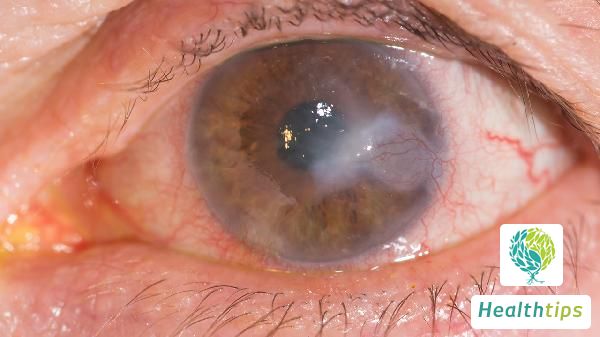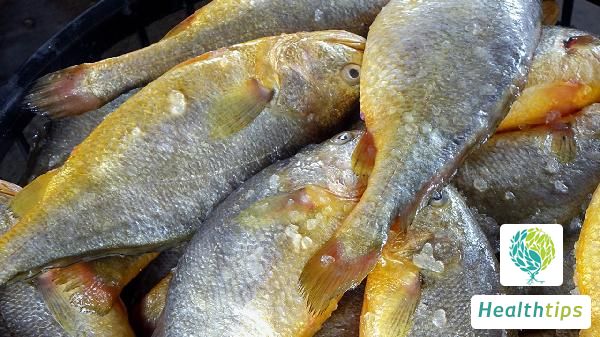"What Should I Do and How to Adjust for High Low Blood Pressure?"
Update Date:
Source: Network
Hypertension with High Diastolic Pressure
Hypertension with high diastolic pressure, a common medical condition, typically necessitates pharmacological treatment and lifestyle modifications. The approaches are outlined below:1. Pharmacological Treatment
Patients with elevated diastolic pressure must adhere to a prescribed regimen of antihypertensive medications under the guidance of a healthcare professional. Commonly prescribed drugs include calcium channel blockers such as nifedipine and amlodipine, as well as diuretics like furosemide and hydrochlorothiazide. These medications are effective in managing hypertension and should be taken regularly and in the prescribed dosage to actively collaborate with treatment plans, often leading to normalization of blood pressure.2. Lifestyle Improvement
High intake of salt and saturated fats in the diet increases the risk of hypertension. Individuals under significant stress, who smoke, or consume excessive alcohol are also more prone to hypertension. Therefore, it is crucial for hypertensive patients to adopt a diet rich in fresh fruits, vegetables, and low in salt and saturated fats, avoiding fatty meats and animal organs. Quitting smoking and alcohol, fostering healthy eating and sleeping habits, engaging in regular exercise, and improving overall physical fitness are all essential lifestyle changes that can contribute to better blood pressure management.Hypertension is a lifelong condition that, while manageable, requires continuous treatment. Early detection and prompt intervention are key to effective management.




















